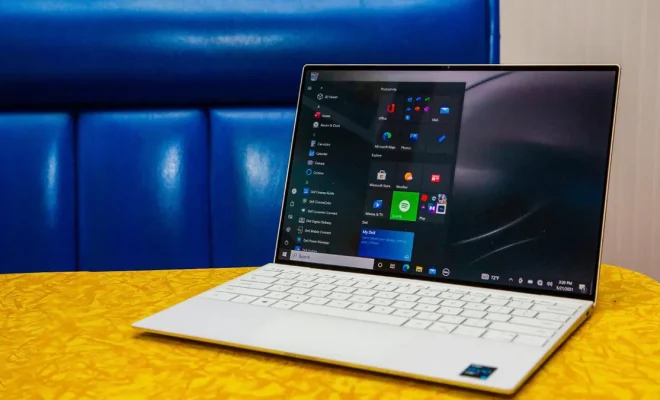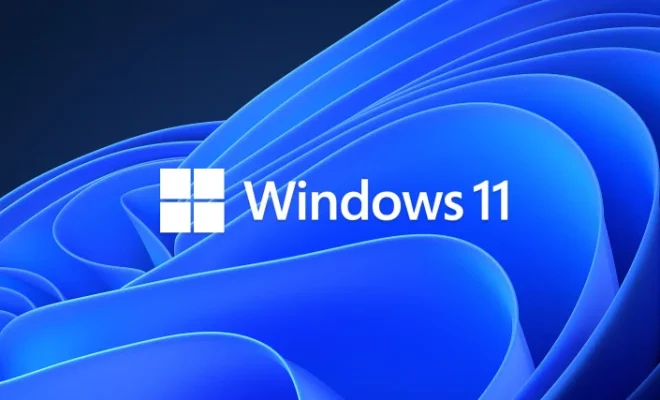Android USB Connections Explained: MTP, PTP, and USB Mass Storage

Android devices, like any other mobile device, come with a variety of ways to connect to your computer or other devices. Three common ways of connecting your Android device to your computer or other devices are MTP, PTP, and USB Mass Storage. Each of these has its own strengths and weaknesses. In this article, we’ll discuss these three types of connections and help you choose the best one for your needs.
MTP
Media Transfer Protocol (MTP) is one of the most common ways of connecting an Android device to a computer. It’s a protocol designed to transfer media files and other data between your Android device and the computer. MTP is supported by most modern Android devices and is the default connection method in many Android devices.
MTP is an excellent choice when you need to transfer files such as music, videos, and photos. With MTP, you don’t need to manually transfer files, as the computer can access and manage the files directly on your Android device. Another advantage of MTP is that it transfers files quickly and doesn’t require any additional software or drivers.
PTP
Picture Transfer Protocol (PTP) is another popular way of connecting an Android device to a computer. As the name suggests, PTP is primarily used for transferring photos or other images from the device to the computer. PTP is similar to MTP, but with a focus on image transfer.
PTP is useful when you need to transfer a large number of photos from your device to your computer. With PTP, you can transfer high-quality images quickly, without worrying about resolution or file size. PTP is also a simple and user-friendly way to create backups of your photos and videos.
USB Mass Storage
The USB Mass Storage protocol is one of the oldest and most robust ways of connecting an Android device to a computer. Unlike MTP and PTP, USB Mass Storage treats your Android device as a removable drive, just like a USB flash drive or an external hard drive. With this protocol, you can see, access, and manage all the files on your Android device, including apps and system files.
One advantage of USB Mass Storage is that it provides more control over the files on your Android device. You can easily copy, move, or delete files on your device, just like you do on a USB flash drive. USB Mass Storage also works with older computers that don’t have MTP or PTP support, making it an excellent choice for people with older devices.
Which One to Choose?
The choice between MTP, PTP, and USB Mass Storage depends on your specific needs. If you need to transfer a lot of photos, choose PTP. If you need to transfer media files, choose MTP. If you want more control over your device’s files, choose USB Mass Storage.
It’s worth noting that newer versions of Android don’t support USB Mass Storage by default. Instead, they use MTP as the primary connection method. You can still use USB Mass Storage on older devices or by using third-party software. In conclusion, MTP, PTP, and USB Mass Storage are three useful protocols for connecting your Android device to your computer or other devices. Each of them has its own strengths and weaknesses, and the choice between them depends on your specific needs. By choosing the right protocol, you can enjoy fast and efficient file transfer and management on your Android device






